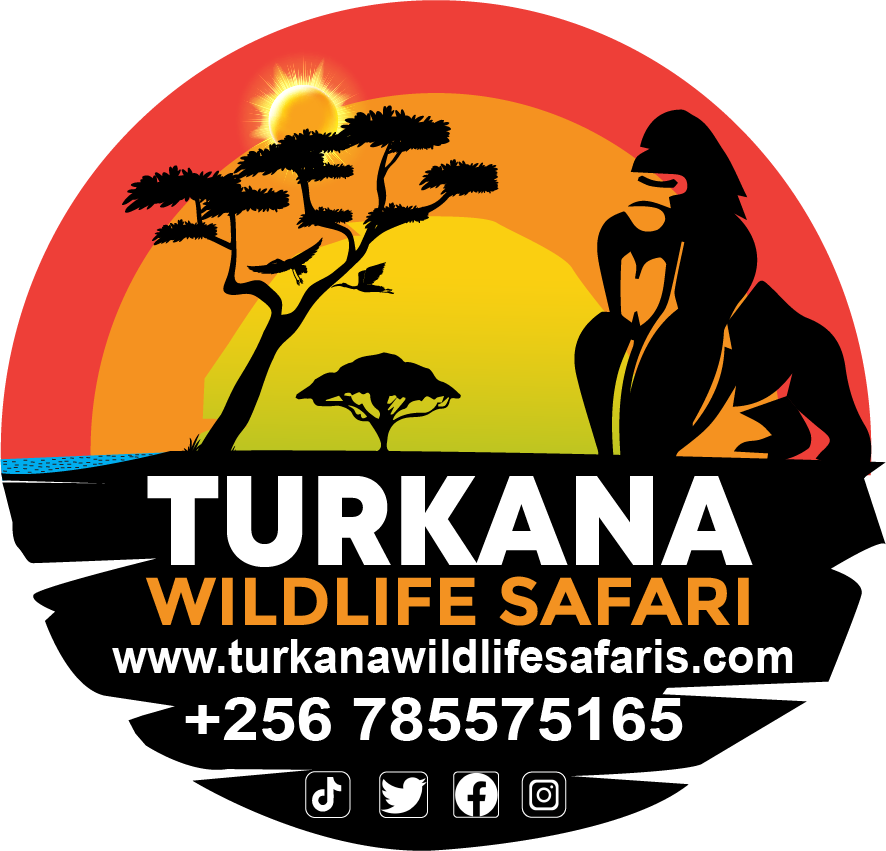
Hiking in Uganda
Hiking in Uganda
Hiking in Uganda: The Ultimate Guide to Exploring the Pearl of Africa
Uganda, often referred to as the Pearl of Africa, is a hiker’s paradise. With its lush landscapes, towering mountain ranges, and diverse wildlife, this East African gem offers some of the most breathtaking hiking experiences in the world. From the misty peaks of the Rwenzori Mountains to the rolling hills of Mount Elgon, Uganda is a destination that combines adventure, nature, and culture. This guide will take you through everything you need to know about hiking in Uganda, ensuring your trip is unforgettable.
Why Choose Uganda for Hiking?
Uganda is a land of contrasts. It boasts snow-capped mountains, volcanic craters, dense rainforests, and savannah plains. Whether you’re an experienced trekker or a beginner looking for a scenic walk, Uganda has something for everyone.
Key Highlights of Hiking in Uganda:
- Diverse Landscapes: From tropical rainforests to alpine meadows, Uganda offers varied terrains that cater to all levels of hikers.
- Unique Wildlife: Encounter rare species like mountain gorillas, chimpanzees, and exotic birds during your hikes.
- Cultural Immersion: Many trails pass through local villages, offering a chance to interact with Uganda’s warm and welcoming communities.
- Uncrowded Trails: Unlike other popular hiking destinations, Uganda’s trails are less crowded, allowing for a more intimate connection with nature.
Top Hiking Destinations in Uganda
1. Rwenzori Mountains National Park
Known as the “Mountains of the Moon”, the Rwenzori Mountains are a UNESCO World Heritage Site and one of Uganda’s most iconic hiking destinations. These mountains feature glaciers, alpine lakes, and lush valleys.
- Key Trails: The Central Circuit Trail is the most popular, taking about 7-10 days to complete.
- Highlights: Margherita Peak, the third-highest peak in Africa, and the stunning Bujuku Valley.
- Difficulty: Challenging; suitable for experienced hikers.
Learn more about the Rwenzori Mountains.
2. Mount Elgon National Park
Located on the border between Uganda and Kenya, Mount Elgon is an extinct volcano with the largest volcanic base in the world. It’s an excellent option for hikers seeking a less strenuous climb compared to the Rwenzoris.
- Key Trails: The Sasa Trail (shortest but steepest), the Sipi Trail, and the Piswa Trail.
- Highlights: The Wagagai Peak, Sipi Falls, and the vast caldera.
- Difficulty: Moderate; suitable for all fitness levels.
Discover more about Mount Elgon.
3. Mgahinga Gorilla National Park
This park is home to the Virunga Volcanoes, a chain of dormant volcanoes shared by Uganda, Rwanda, and the Democratic Republic of Congo. Hiking here offers a chance to explore unique volcanic landscapes.
- Key Trails: Mount Muhabura, Mount Gahinga, and Mount Sabinyo.
- Highlights: Spectacular views of the Virunga ranges and the opportunity to track golden monkeys.
- Difficulty: Moderate to challenging.
Explore Mgahinga Gorilla National Park.
4. Bwindi Impenetrable Forest
Famous for its mountain gorillas, Bwindi also offers incredible hiking opportunities. The forest is dense, with trails that lead to waterfalls, ridges, and valleys.
- Key Trails: The Buhoma-Nkuringo Trail and the Waterfall Trail.
- Highlights: Gorilla trekking and birdwatching.
- Difficulty: Moderate.
5. Kidepo Valley National Park
For hikers seeking solitude and raw wilderness, Kidepo Valley is the perfect destination. This remote park in northern Uganda offers stunning savannah landscapes and rugged hills.
- Key Trails: Lomej Hills and the Narus Valley.
- Highlights: Wildlife sightings, including lions, elephants, and cheetahs.
- Difficulty: Easy to moderate.
Essential Tips for Hiking in Uganda
To make the most of your hiking adventure in Uganda, preparation is key. Here are some essential tips:
1. Pack Smart
- Clothing: Lightweight, moisture-wicking clothes for the day and warm layers for the evenings.
- Footwear: Sturdy hiking boots with good ankle support.
- Gear: A waterproof backpack, trekking poles, and a first-aid kit.
2. Hire a Guide
Many trails in Uganda require a guide, not only for safety but also to enhance your experience with their local knowledge.
3. Stay Hydrated
Carry enough water for your hike, as some trails may not have access to clean water sources.
4. Respect Nature
Follow the “Leave No Trace” principles to minimize your impact on the environment.
5. Check Permits
Some hikes, such as gorilla trekking in Bwindi, require permits that should be booked in advance.
Best Time to Go Hiking in Uganda
Uganda’s climate is generally favorable for hiking year-round, but the best time to visit is during the dry seasons:
- June to August: Ideal for hiking in the Rwenzoris and Mount Elgon.
- December to February: Perfect for gorilla trekking and exploring savannah trails.
Avoid the rainy seasons (March-May and September-November) as trails can become slippery and challenging.
Frequently Asked Questions (FAQ)
1. Is hiking in Uganda safe?
Yes, hiking in Uganda is generally safe, especially when accompanied by experienced guides. Always follow safety guidelines and stay on designated trails.
2. What is the cost of hiking in Uganda?
Costs vary depending on the trail and activities. For example, gorilla trekking permits cost $800, while other hikes may only require park entrance fees.
3. Do I need special equipment for hiking in Uganda?
Basic hiking gear is sufficient for most trails. However, for challenging hikes like the Rwenzoris, technical equipment may be required.
4. Can I combine hiking with other activities in Uganda?
Absolutely! Uganda offers a range of activities, including safari tours, birdwatching, and white-water rafting.
5. Do I need a visa to visit Uganda?
Yes, most travelers need a visa to enter Uganda. You can apply for an e-visa online.
Conclusion
Hiking in Uganda is a once-in-a-lifetime experience that combines adventure, natural beauty, and cultural immersion. Whether you’re scaling the peaks of the Rwenzoris or trekking through the dense forests of Bwindi, Uganda promises an unforgettable journey. Start planning your adventure today and discover why this East African nation truly is the Pearl of Africa.
